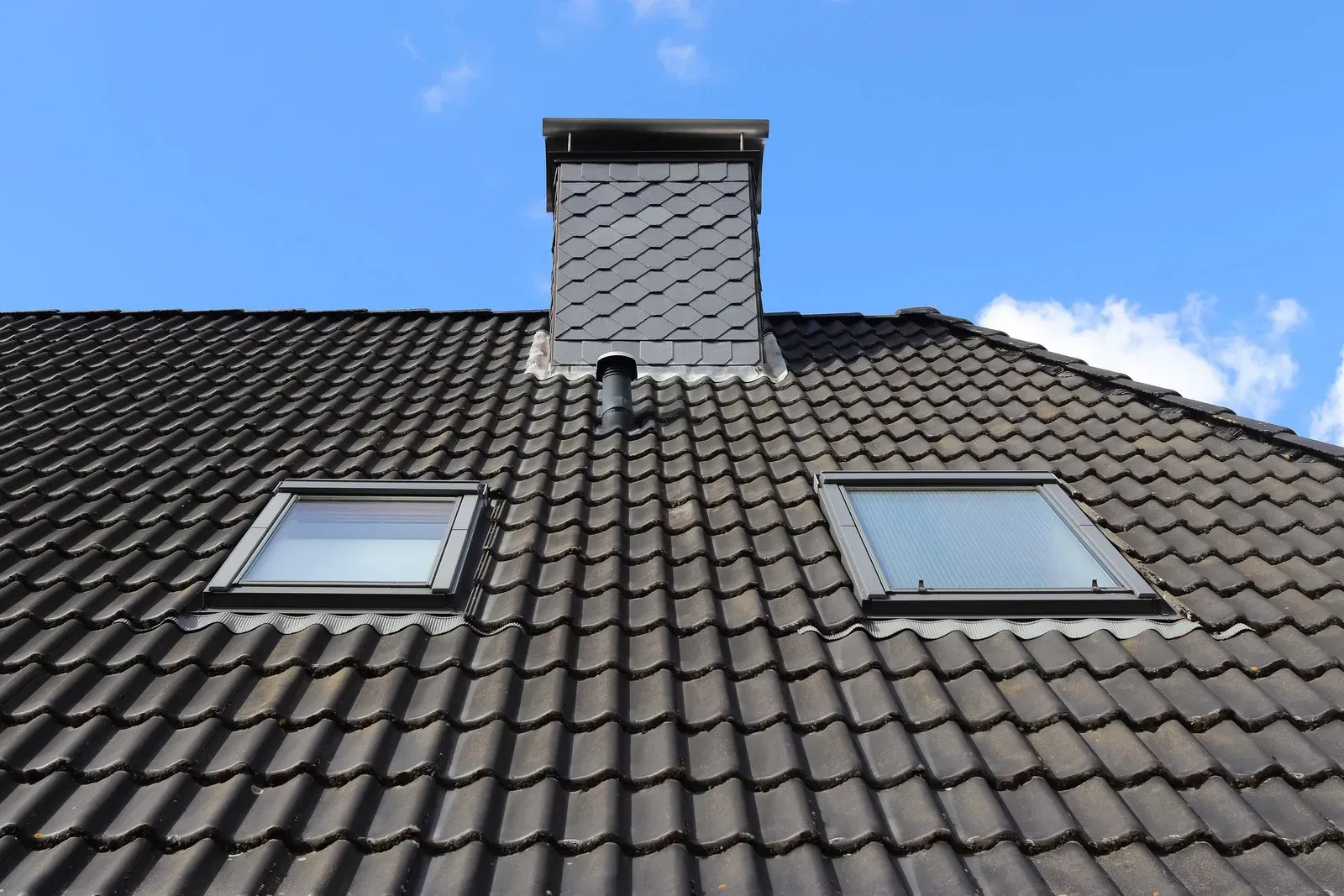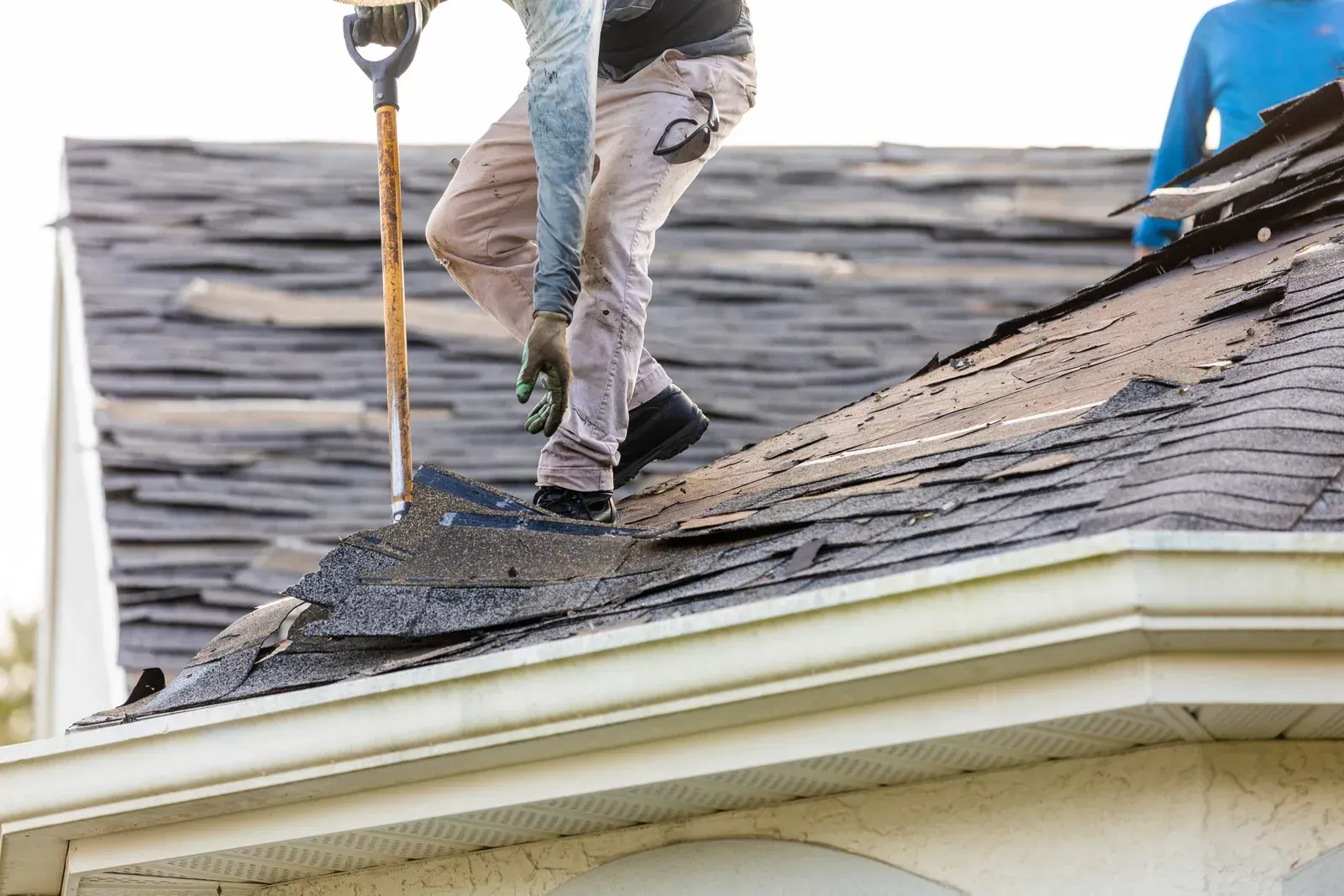10 Steps to Safely Remove Snow From Your Roof
We all like snowy winters, don't we? A shower of fresh snow works wonders and offers a picturesque view. But for homeowners, it is frequently a rocky experience. Shoveling off snow from the yard and the roof may prove to be a tiresome exercise. Moreover, snow accumulation on your roof can pose serious risks, including structural damage, leaks, and collapses.
Here, we will outline ten steps to help you safely eliminate snow from your roof. It will help you to minimize potential hazards and maintain the integrity of your home.
#1 Prioritize Safety:
Before starting any snow removal process, prioritize safety by ensuring proper footwear with good traction and using a sturdy ladder to access the roof. Clear the area of any obstacles or hazards, and consider having a spotter nearby for assistance.
#2 Assess the Roof Load:
Evaluate the amount of snow on your roof to determine if removal is necessary. If the snow exceeds 6 inches in depth or if you notice signs of stress on the structure, it's time to remove the snow. It is better to keep it from over-accumulating, and you can save yourself some time if the accumulation is less than 6 inches.
#3 Use Safe Snow Removal Tools:
Avoid using sharp tools or instruments that can damage your roof. Opt for a plastic or rubberized snow rake with an extended handle. These tools allow you to reach and remove snow from the ground, and they reduce the risk of falling or causing damage to the roof.
#4 Start from the Edge:
Begin removing snow from the roof's edge and work your way up gradually. Starting at the border can prevent snow from sliding down and causing injury or damage.
#5 Shovel Carefully:
If you need to shovel the snow:
Use a plastic or rubber shovel with a curved blade.
Gently push the snow off the roof rather than lifting and throwing it.
Avoid using metal shovels, which can scratch or puncture the roof surface.
#6 Clear Gutters and Downspouts:
Ensure that gutters and downspouts are free from snow and debris to prevent ice dams and water backups. Use a gutter rake or your gloved hand to remove accumulated snow or ice.
#7 Beware of Icicles:
Be cautious of icicles hanging from the roof's edges. These can be sharp and pose a hazard. Remove them carefully using a long-handled broom or rake, standing safely from the falling icicles.
#8 Consider Professional Help:
If you cannot safely remove the snow yourself or if your roof is steep, high, or difficult to access, it's advisable to seek professional help. Experienced snow removal professionals have the equipment and expertise to handle challenging situations.
#9 Do Not Use Heat or Ice Melt:
Avoid using heat sources or ice melt products to remove snow from your roof. Heat can cause uneven melting, leading to ice dams and potential leaks. Ice melt products can damage roofing materials and harm vegetation and the environment.
#10 Monitor for Refreezing:
After snow removal, keep an eye on the roof to ensure the melted snow doesn't refreeze, creating ice patches. If needed, sprinkle sand or salt on walkways and areas prone to ice formation to provide traction and prevent slips.
Final Words
It is imperative to consider your safety while removing snow from your
roof. Remember, if you cannot safely remove the snow or have concerns about the roof's condition, you can always seek professional assistance.




